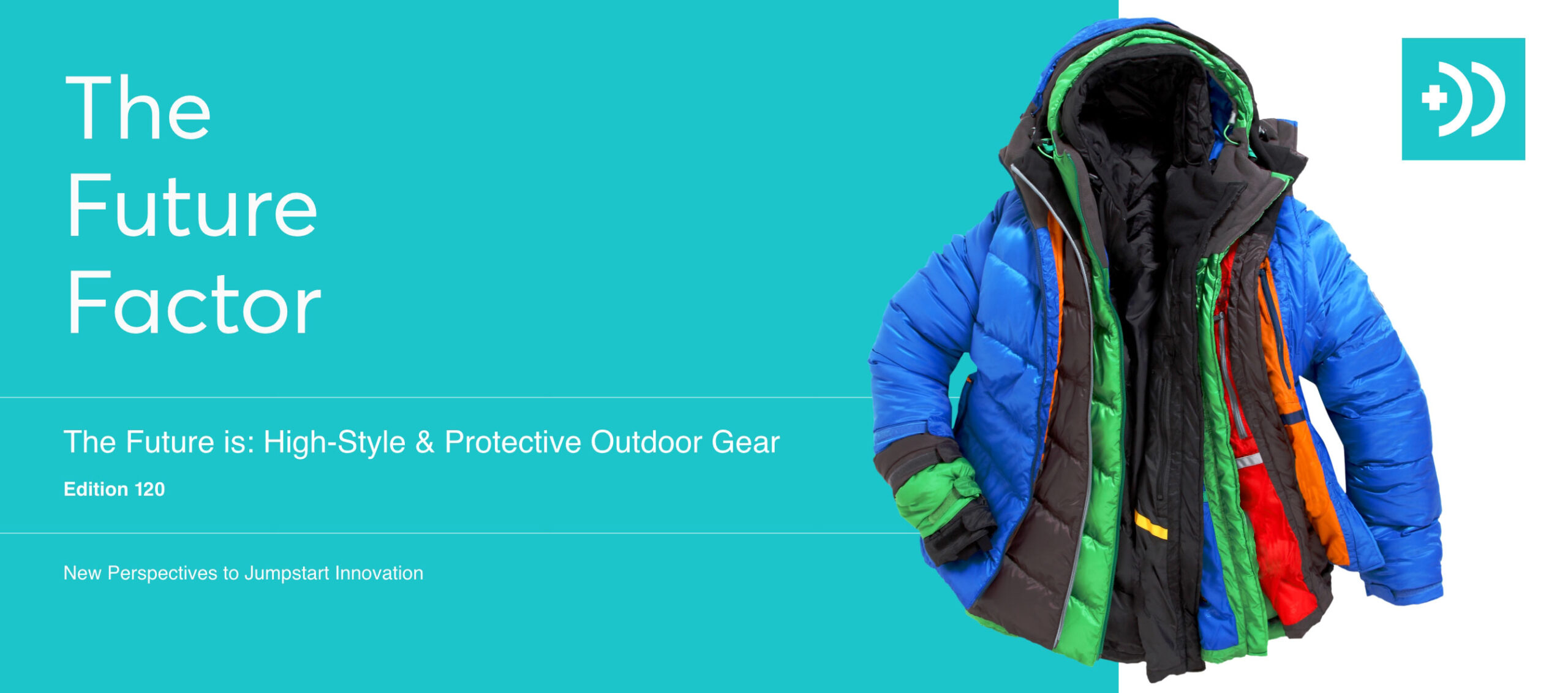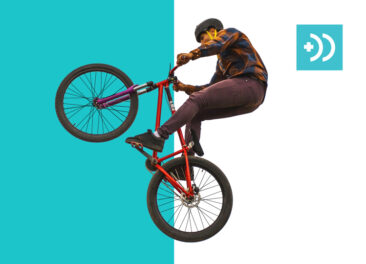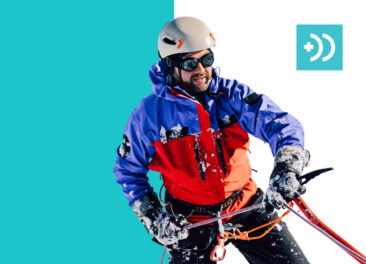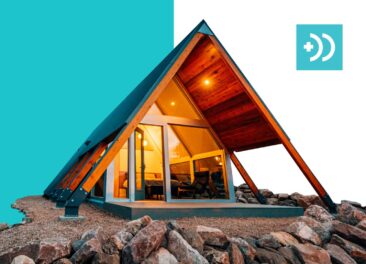The Future is: High-Style and Protective Outdoor Gear
Outdoor apparel and equipment are evolving at warp speed. In the same way athleisure wear has boomed (the yoga-pants phenomenon), so too are all kinds of technical pieces becoming must-haves. This reflects the convergence of three cultural currents: the inherent cool factor of these products, the craving to be outfitted for wilderness adventures; and the recognition that – in an era of climate change – protection from the elements is becoming an everyday need. No wonder the market, which was at $12 billion a couple of years ago, is expected to hit $20 billion by 2026.

NOW: Ultracool Gear Collabs
What’s Fresh: Retailers high and low have stretched their consumer base and pumped
up their press with clever collaborations, and outdoor apparel is getting a boost from cross-pollination, too. Collabs are blurring the lines between fashion and function: The North Face x Gucci offers hype down jackets, hiking boots, and more; Jil Sander+ x Arc’teryx offers minimalist, ski-inspired styles; Helinox x BTS (the K-Pop supergroup) features vivid violet camping equipment; and an Airstream x Pottery Barn project offers a chic take on the iconic trailers.
How It Changes the Game: There’s no doubting the synergistic effect of collabs. By cross-pollinating two realms, brands tap into major new markets. Just because a product isn’t high-fashion doesn’t mean it can’t benefit big-time.
3 Action Steps for Brands:
- Ideate which brands have a similar history or identity to yours and could create a winning collab.
- Flip the script, and think of least likely collab partners; could a joint venture bring success and newsworthiness? Just like Martha & Snoop’s Potluck Dinner Party.
- Brainstorm which collab and when: Launches timed to the fashion seasons, holidays, your product launches, and major outdoor-adventure sporting events.
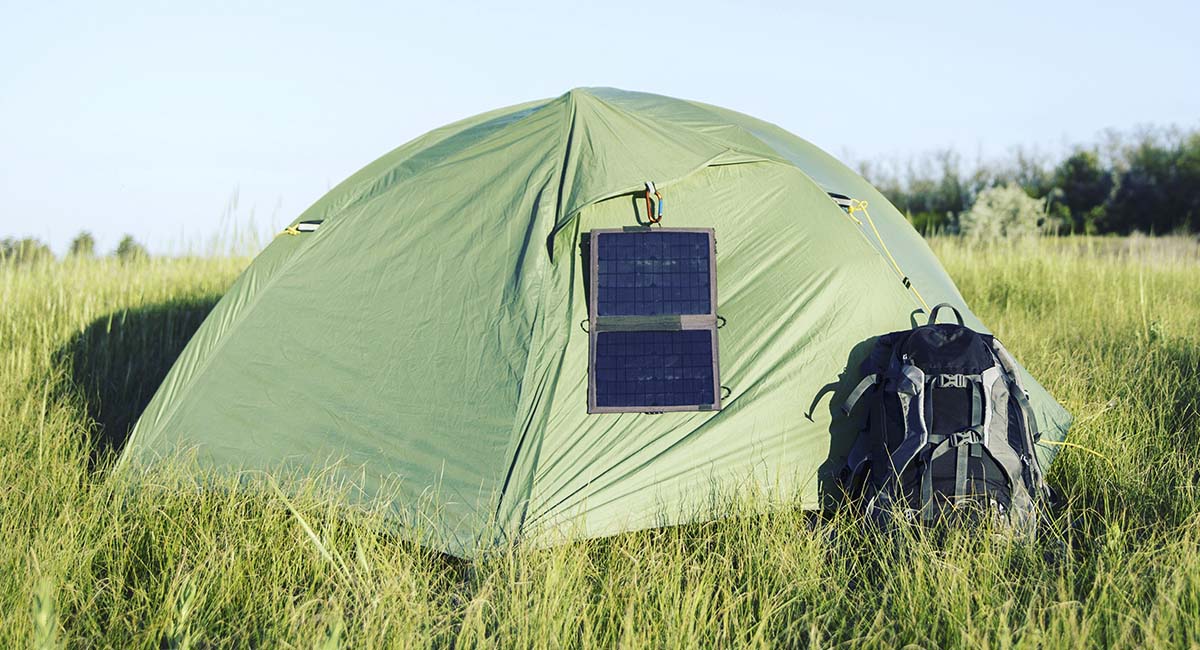
NOW: Smart Sustainability
What’s Fresh: There’s a new focus on outdoor gear that’s smart + sustainably made. Not only are these eco materials planet friendly – protecting the very resource our adventures in nature allow us to enjoy – but they also offer undeniable benefits to those who explore. We Drifters makes insect-proof, bamboo-fiber-based pajamas for those spending time in malaria hotspots; Asmuss makes antibacterial, thermal layering pieces from bio-based castor beans, which aren’t a food crop and grow easily without requiring large amounts of water; and Outdoor Voices is donating 100% of their proceeds from their sustainable Y’all collection back to the YMCA to help enable outdoor recreation for all.
How It Changes the Game: It’s no longer enough to create innovative products that allow your consumer to venture into the wild; they must also protect and enrich the environment. And help contribute to a better future of sustainability for all.
3 Action Steps for Brands:
- Help make your products more affordable and accessible for the underprotected populations that suffer most from climate change – like the founders of BIPOC Camping Kits are doing.
- Develop materials that tread gently on the Earth and its inhabitants, like recyclable, biodegradable, reusable, and repurposed sustainable materials.
- Challenge your supply chain to be zero waste, but 100% impactful.

NEXT: Survival as Status
What’s Emerging: As we are now living within a consistent cycle of crisis, daily life is becoming more fraught. Consumers are increasingly drawn to gear that has a strong survivalist streak. Vollebak makes a solar-charged jacket that can store and re-emit sunlight; hoodies that are fireproof, water-repellent, and compostable; and t-shirts made from black algae that can hold onto carbon dioxide for up to 100 years. Elsewhere, Hong Kong’s Enhanced Robotics is launching its 5-pound Sportsmate 5 exoskeleton that turbocharges one’s gait for 6.5 miles on a single charge; Loomia creates conducive fabrics that can carry a charge and warm the wearer – no battery packs required.
How It Creates the Future: Life on Earth will face increasing challenges, but technological innovation and regenerative practices will elevate our chances of survival and healthy existence.
3 Things to Prepare for:
- Ideate how your brand will respond to increasing environmental demands and resource shortages.
- Create and share “human resilience” stories for your products and services.
- Launch an incubator or innovation lab to foster far-future thinking and outdoors-oriented solutions.

